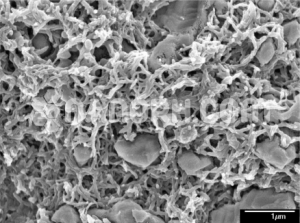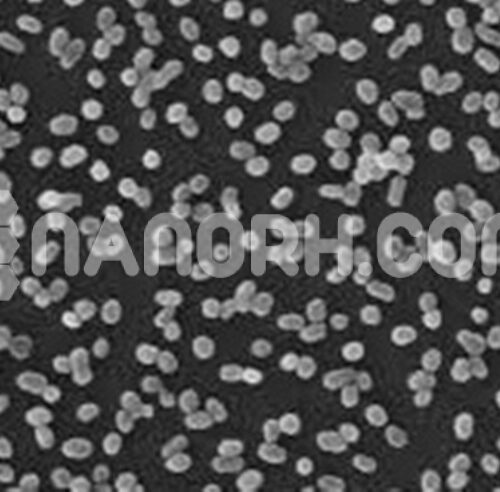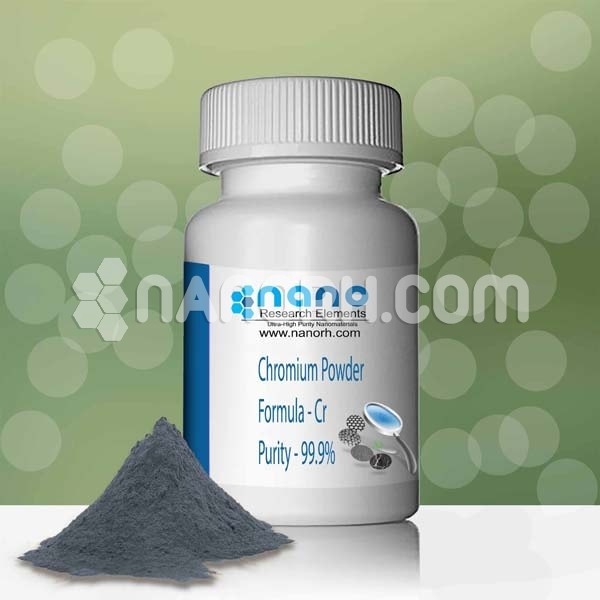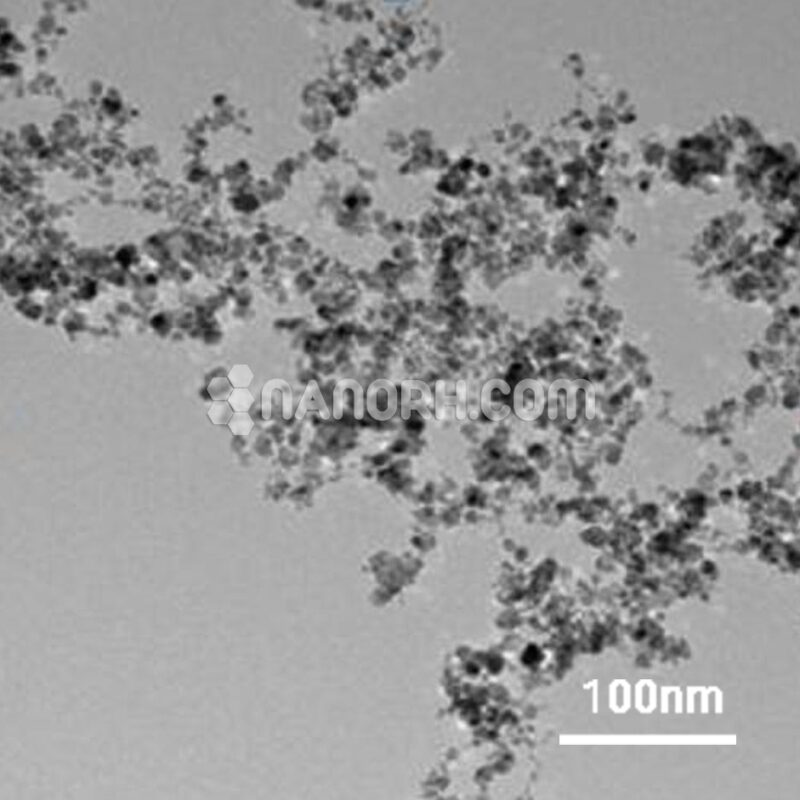| Bismuth Ferrite | |
| Product No | NRE-11028 |
| CAS No. | 12010-42-3 |
| Formula | BiFeO3 |
| Molecular Weight | 312.82g/mol |
| APS | <50µm (can be customized) |
| Purity | 99.9% |
| Density | 8.22 g/cm3 |
| Color | White/off-White |
| Melting Point | 1255 °C |
| Boiling Point | NA |
Bismuth Ferrite
Bismuth ferrite (BiFeO3) is a well-known multiferroic material that exhibits both ferroelectric and antiferromagnetic properties at room temperature, making it highly attractive for various technological applications. Bismuth ferrite powder finds applications in several fields due to its unique properties. Some of its prominent applications include:
Ferroelectric Random Access Memory (FeRAM): Bismuth ferrite has potential applications in FeRAM due to its excellent ferroelectric properties, which can be used in non-volatile memory storage devices.
Spintronics: Its multiferroic properties make it suitable for spintronic devices, where the spin of electrons is used in addition to their charge.
Sensors and Actuators: Bismuth ferrite can be used in the development of sensors and actuators owing to its ferroelectric and piezoelectric properties. It has been explored for applications in pressure sensors, accelerometers, and other microelectromechanical systems (MEMS).
Multiferroic Devices: Bismuth ferrite is utilized in the development of multiferroic devices that can convert between different forms of energy, such as electrical and magnetic energy, making it valuable for applications in energy harvesting and conversion.
Photovoltaic Devices: It has been studied for use in photovoltaic devices due to its excellent photovoltaic properties, including its ability to absorb visible light and its suitable bandgap.
Magneto-electric Coupling Devices: Bismuth ferrite can be utilized to create magneto-electric coupling devices, where an external magnetic field can control the electric polarization, and vice versa.
Non-volatile Magnetic Memory: BiFeO3 has been studied for potential use in non-volatile magnetic memory devices, taking advantage of its antiferromagnetic properties.
Catalysis: BiFeO3 has shown potential as a catalyst in various chemical reactions due to its unique structure and surface properties.
Biomedical Applications: The biocompatibility of BiFeO3 has opened up opportunities for its use in biomedical applications, such as in drug delivery systems and medical imaging.




